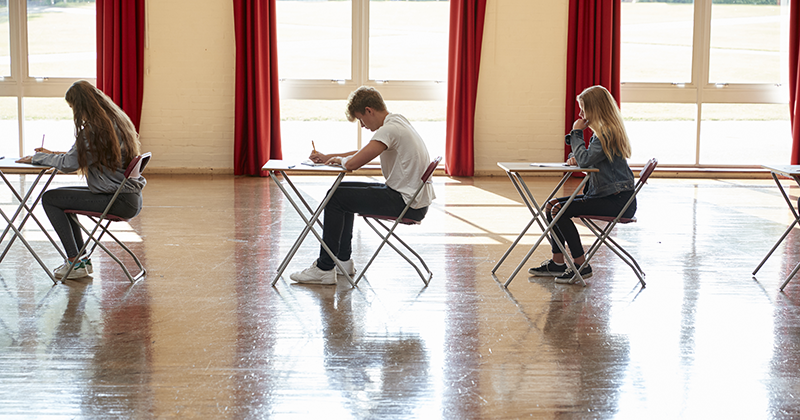Pay and conditions are making it harder for state schools to retain staff, leaders have warned, as data shows private schools have poached more than 8,500 teachers from the sector since 2019.
More teachers have left state schools to work in the independent sector than vice versa in every year since 2019, analysis of Independent Schools Council (ISC) censuses suggests.
The news comes despite a government decision to cut its teacher recruitment targets, in part because of what it says is improved recruitment from outside the state sector.
It also comes as national data shows almost as many teachers left teaching in the year to November 2023 than joined the profession.
All 1,411 ISC schools were surveyed in January for the 2024 report. It found independent schools made a net gain of more than 1,500 teachers from state schools, down 13 per cent year-on-year.
Pepe Di’Iasio, the general secretary of the school leaders’ union ASCL, said there was “always a flow” of teachers between state and independent schools, with staff moving for myriad reasons.
But he warned government policies over 14 years had “eroded” pay and conditions and made it “harder to retain teachers in the state sector”.
“The effect of those policy decisions is also that we don’t have enough graduates coming into the profession in the first place. This means that schools are having to effectively compete from a pool of teachers that isn’t large enough to meet the system’s needs.”
The Department for Education does not publish data on the rate of teachers swapping independent for state schools.
Some teachers do move private to state
However, annual school workforce figures published on Thursday show the number of “entrants new to the state funded sector” did increase.
The DfE defines these new entrants as those qualified more than two years before taking up their first post at a state school in England. It includes those who previously worked in independent schools, the FE sector or overseas.
There were 5,530 such entrants in the 2023-24 academic year, up from 4,747 the year before.
It comes after the DfE slashed its annual secondary recruitment targets by almost a tenth in March, despite missing them by 50 per cent last year.
At the time, the department said said this “driven by more favourable supply forecasts”.
“Recruitment forecasts for both returners, and teachers that are new to the state-funded sector, are more favourable for almost all subjects this year”.
James Noble-Rogers, the executive director of the Universities Council for the Education of Teachers, said that “in some ways” it was good that the private sector wanted to employ teachers that “hold QTS and have been through the excellent ITE provided by accredited ITE providers”.
But he said this “should not be at the expense of publicly funded schools. “The government should ensure that we have enough teachers to meet the needs of all schools.”
“Any net move from one sector to the other should be taken into account when intake targets are set,” he said.
The DfE said its targets and the methodology behind them did reflect shifting trends between state-funded and independent sectors.











